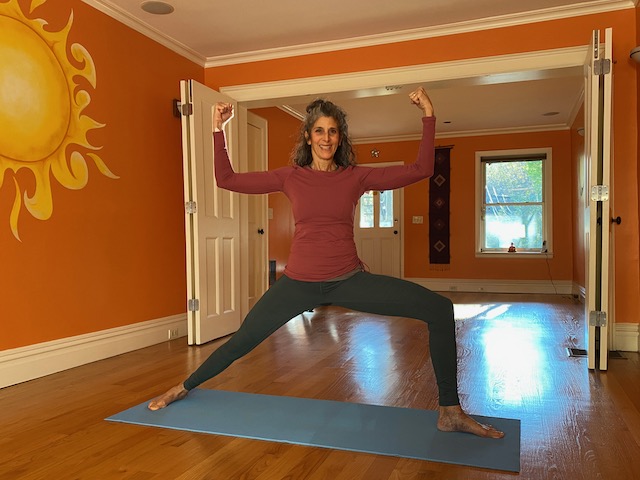Recently both my internist and gynecologist gave me a prescription for a Bone Density test, which is standard procedure at my age. I really didn’t want to take this test because the test images would compare me to a 25-30 year old healthy woman. My doctor convinced me to go through with it though because the test also compares me to healthy women of my own age, height, and weight. Plus, my test would be compared to my past Bone Density test from 5 years earlier.
I’m certainly not alone in feeling nervous about medical tests but I remind myself to be grateful for access to predicative/preventative medical care. But I still always feel anxious when the doctor personally calls with the results.
When I got the call with my latest test results, my doctor said, “Great news! Keep up the good work.”
Since the last test I had taken in 2017, my bone density had improved!
Overall, my Lumbar spine significantly increased 5.4% in bone mineral density and the area of my Left hip increased its density by 4.3%!
According to the American Academy of Orthopaedic Surgeons, “Once we reach the age of about 25, physical activity alone can no longer increase overall bone mass dramatically. In adults, bone density may increase 1-2%.”
Most women are losing bone density and face the threat of continuing bone loss with aging. So my results are not common for women in their 60’s.
Whoo-hoo! My hard work is paying off after all!
In June of 2020, I started strength training. With all the time at home because of the pandemic, I thought this would be a good time to build a stronger upper body like I had always wanted.
Preparing for this recent bone density test also neatly aligned with a friend’s request for a Yoga for Strong Bones class. Now, I’ve put together a series of classes for you!
This series of Yoga classes is based on a 10-year Study from 2016 called Twelve-Minute Daily Yoga Regimen Reverses Osteoporotic Bone Loss, which identified twelve poses for their calculated effects and their safety on 3 sites in the body that are among the most commonly fractured: the spine, femur and hip.
You’ll learn some of the strength work I’ve been doing as preparatory exercises for the poses. A review of the basic elements of each pose will help you understand how these poses can expose your bones to forces that might enhance bone mineral density (BMD).


0 Comments